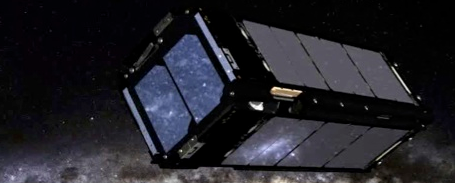Small satellites: Accion’s module definitely democratizes the space.
 |
| SmallSat. |
So far,
we know CubeSat with its powerful abilities to provide low-cost
satellites, which are becoming increasingly popular tools for Earth-imaging,
communications, and other helpful applications.
But a set of major control
issues hamper this momentum including: lack
of accuracy to point cameras or change orbit; regular crash and burn within a
few months, and more.
These satellites lack a viable propulsion system, recalls MIT aeronautics
and astronautics alumna Natalya Brikner PhD ’15, co-founder and CEO of
Accion Systems. “You can make a satellite the size of a softball with a
surprising amount of
capabilities, but it can’t maneuver properly and falls from
orbit quickly,” she says.
Henceforth we can rely on Accion’s module, a new commercial electrospray
propulsion system, to deeply democratize the space.
Connectikpeople.co recalls that, Accion’s first commercial system is MAX-1,
a module that can push around a CubeSat, or a slightly larger satellite. MAX-1
can provide about 100 micronewtons of force per square meter.
Accion is on target to launch MAX-1 in July, and plans to start shipping
the system to customers by the end of the year.
In the milieu where, dozens of small satellites are launched annually, the
system could also help control how long they stay in space; (don’t become
floating space junk).
Accion’s propellant is a liquid salt material, similar in structure to
common table salt.
With that novel propellant, and a simple design, Accion can
batch-manufacture modules — much like computer chips — in quantities of around
200 at once.
According to Brikner, this costs about one-tenth as much as other
electric-propulsion systems.
Accion is now headquartered at Greentown Labs in Somerville, Massachusetts.
In the future, Lozano says Accion’s system could enable small satellites to
perform tasks now possible only for much larger satellites — such as exploring
the moon.

